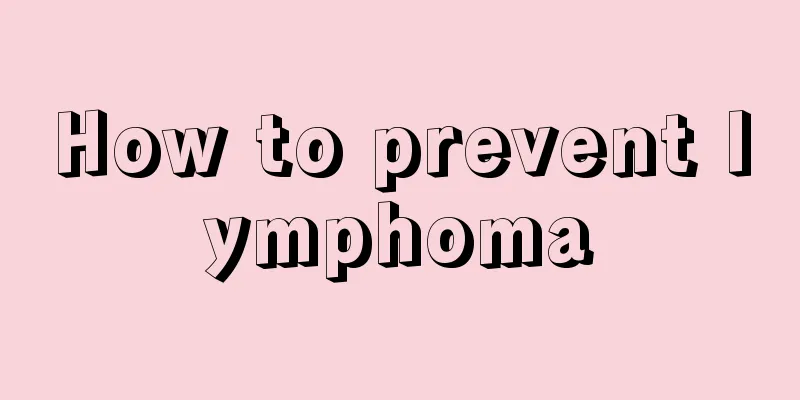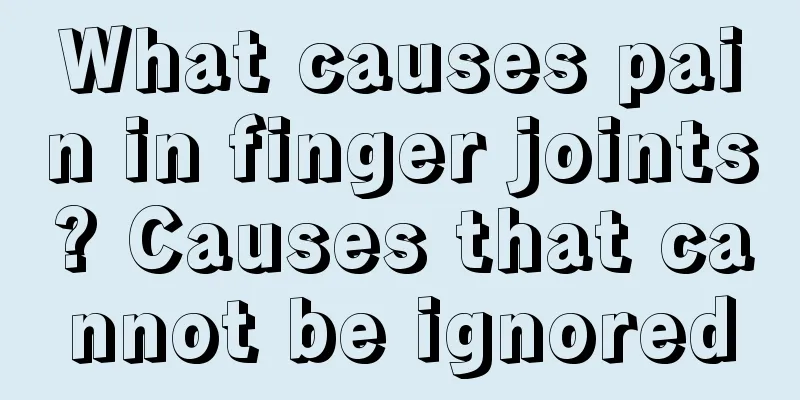Is rickets a chest deformity?

|
Thoracic deformity is a disease with relatively high harm, among which rickets is a representative disease of thoracic deformity. The main cause is calcium deficiency in children. If timely measures are not taken when the child is ill, it is easy to cause rib deformities in the thorax, spinal deformities and other hazards, which will cause a series of problems, such as the child's muscles becoming loose and weak, and the child being prone to intestinal flatulence, etc. 1. Psychoneural symptoms: Children with rickets often suffer from excessive sweating, night terrors, and crying. Excessive sweating has nothing to do with climate. Due to the stimulation of sweat, children with rickets often rub their pillows, resulting in occipital baldness or ring-shaped hair loss. 2. Iliac bone manifestations: Skull softening is an early manifestation of rickets in children and is more common in infants aged 3 to 6 months. Skull deformity, "square head", "saddle head" or "cross head", large anterior fontanelle, late closure, which may be as late as 2-3 years old. If teeth erupt late, it may be delayed until 1 year old, or not all teeth erupt until 3 years old. Children with severe rickets have misaligned teeth and poor enamel development. 3. Limbs and spine: The wrists and ankles are enlarged, forming the "bracelets" and "anklets" of rickets in children; the lower limbs are deformed into "O"-shaped legs (genu varum) or "X"-shaped legs (genu valgum); the spine is curved: there may be scoliosis or kyphosis, and in severe cases, pelvic deformity (hip valgum) may also be seen. Female children with rickets in childhood may suffer from difficult labor due to pelvic deformity when they grow up. 4. Rib beads In children around one year old, the junction of the ribs and costal cartilage can be seen swollen like beads on the chest, which is called rib beads; and chest deformities such as protrusion of the sternum forming a "pigeon chest" and eversion of the rib margins may occur. Due to the weakness of the limbs and back muscles, children sit, stand and walk later than healthy children and are prone to falling. In addition, children's teething is delayed and they are prone to tooth decay. The most important changes in children with rickets are symptoms due to bone lesions, which are the characteristic manifestations of rickets. For children under 6 months old, if you press lightly on their occipital bone or parietal bone with your fingers, they will feel elastic like a ping-pong ball; for children aged 8-9 months, the head is square and the anterior fontanelle is relatively large, which may not close until 18 months old. |
<<: What are the symptoms of hormone-dependent dermatitis?
>>: What are the treatments for muscle spasms
Recommend
What examinations should be done for ovarian tumors
Detecting ovarian tumors through blood tests actu...
Why does the pan catch fire when cooking?
Cooking is something we do frequently in our dail...
What is the cause of right shoulder pain
What causes right shoulder pain? People with bad ...
What are the diseases of the testicles?
The testicles are an important organ in the male ...
How to deal with Chinese medicine residue
When drinking Chinese medicine, normal people wil...
Bronchial itching
The bronchi are branches of the trachea at variou...
What medicine should I take for sternum pain
After overwork, the bones in the body will feel e...
Oral mucosal ringworm
Many people are more likely to get some oral dise...
What should I do if cachexia occurs in patients with cardia cancer?
After the onset of cachexia in patients with card...
What is the reason for the pain on both sides of the chest? What is the reason for the pain on both sides of the chest?
If the pain on both sides of the chest occurs in ...
Blood alanine aminotransferase increased
When you have a physical examination in the hospi...
What are the measures to prevent bile duct cancer
Biliary duct cancer is known as the "king of...
What are the clinical symptoms of advanced esophageal cancer?
What are the symptoms before death from esophagea...
Is it okay to drink black tea on an empty stomach in the morning?
Many people like to drink black tea on an empty s...
What are the symptoms of liver cancer metastasis and spread? 4 symptoms of liver cancer metastasis and spread
1. Hematogenous metastasis: Intrahepatic hematoge...









